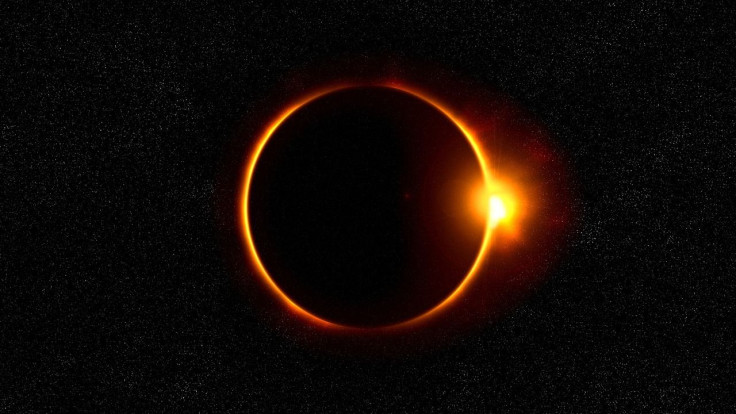Total Solar Eclipse 2019: Time And How To Watch Online Live Stream?

The upcoming total solar eclipse is being regarded by astronomers as the greatest one due to the immense scientific data it will offer. Although totality will only occur over certain areas in the world, people from different parts of the globe can still witness the eclipse through various live streaming platforms.
A solar eclipse occurs when the Moon’s orbit brings it directly in front of the Sun from Earth’s perspective. As the Moon blocks the Sun, it casts a shadow over certain parts of the Earth.
This year’s total solar eclipse is expected to happen on July 2 at 8:38 pm UT. During this time, the Moon will cast a shadow over Chile and Argentina, resulting in the totality of the eclipse over these regions. This means that those in these countries will experience a brief moment of darkness during the eclipse, Forbes reported.
The solar eclipse’s totality is expected to last for 4 minutes and 33 seconds, making it longer than the same solar event that occurred in 2017.
Other parts of South America including Brazil, Uruguay, Paraguay and Ecuador will experience a partial solar eclipse.
Although the momentous event will only be experienced by a handful of countries, other parts of the world can also witness the eclipse through live streaming videos in various platforms.
One of these is through The Exploratorium’s website, which was made possible through a partnership with NASA. The Norway-based site Time and Date, which tracks global time zones, will also live stream the upcoming total solar eclipse.
Slooh, an online service that provides images captured by a robotic telescope, will also broadcast the solar event for its members. Aside from the eclipse, Slooh will also stream a discussion hosted by astrophysicist Dr. Paige Godfrey to explain the event.
Astronomers from around the globe are looking forward to the upcoming solar eclipse due to the scientific opportunity it can offer. As noted by Forbes, a solar eclipse can provide the platform to study the Sun’s characteristics that are usually unseen during daytime. These include the Sun’s plasma loops, solar corona activity and its background stars.
© Copyright IBTimes 2025. All rights reserved.





















